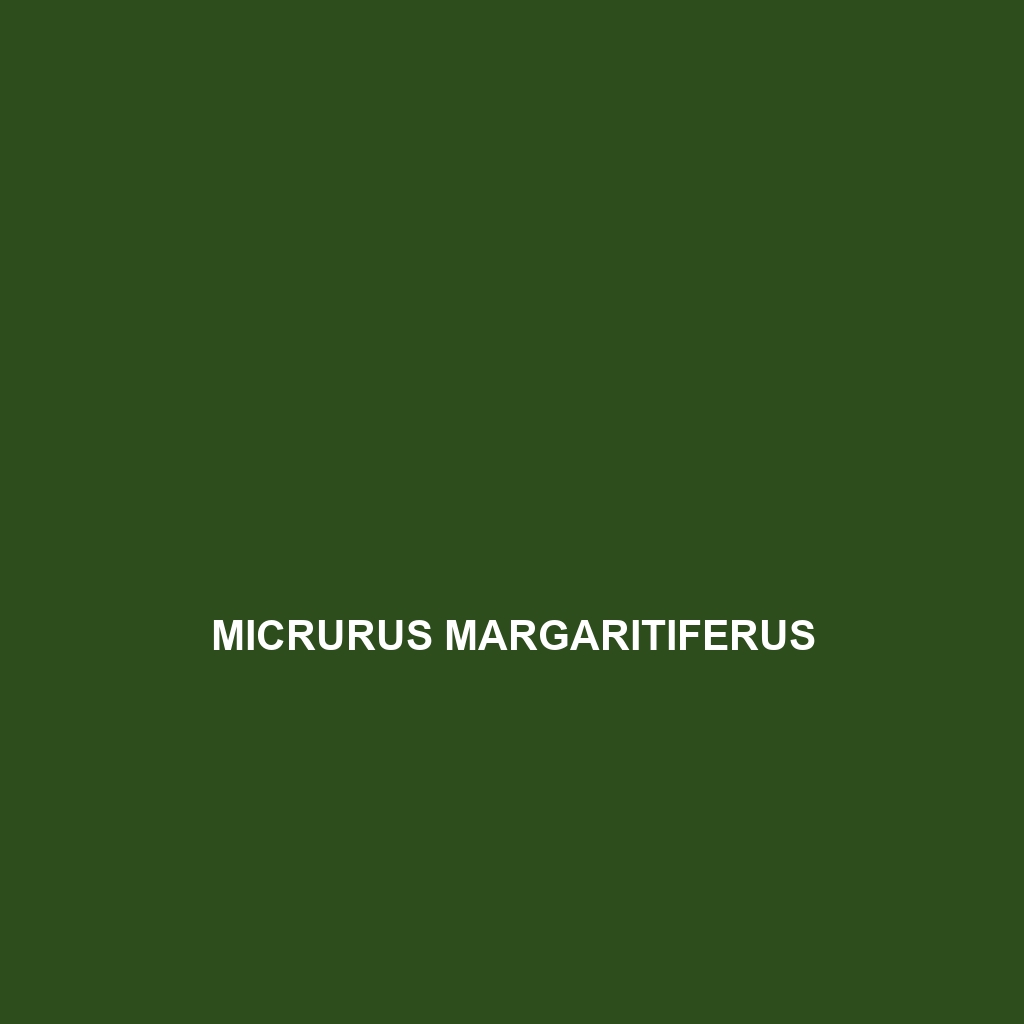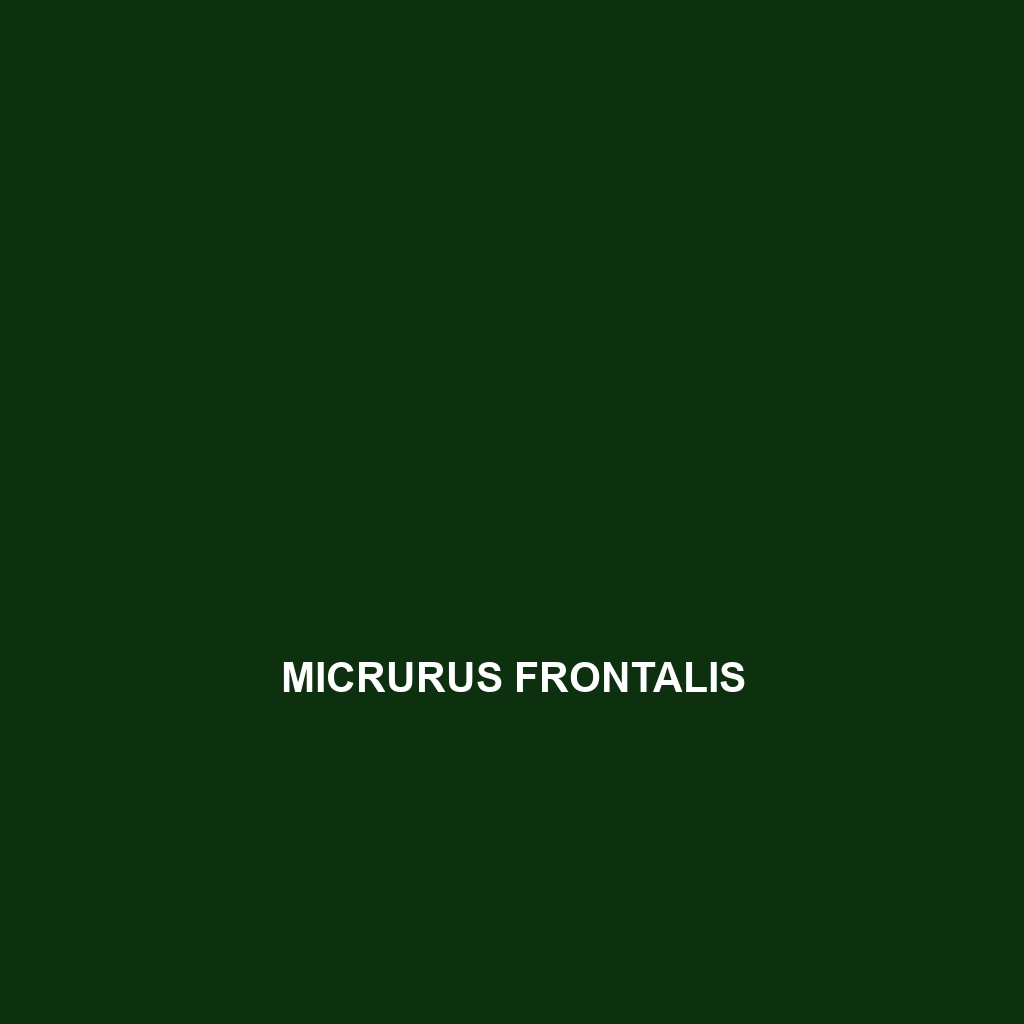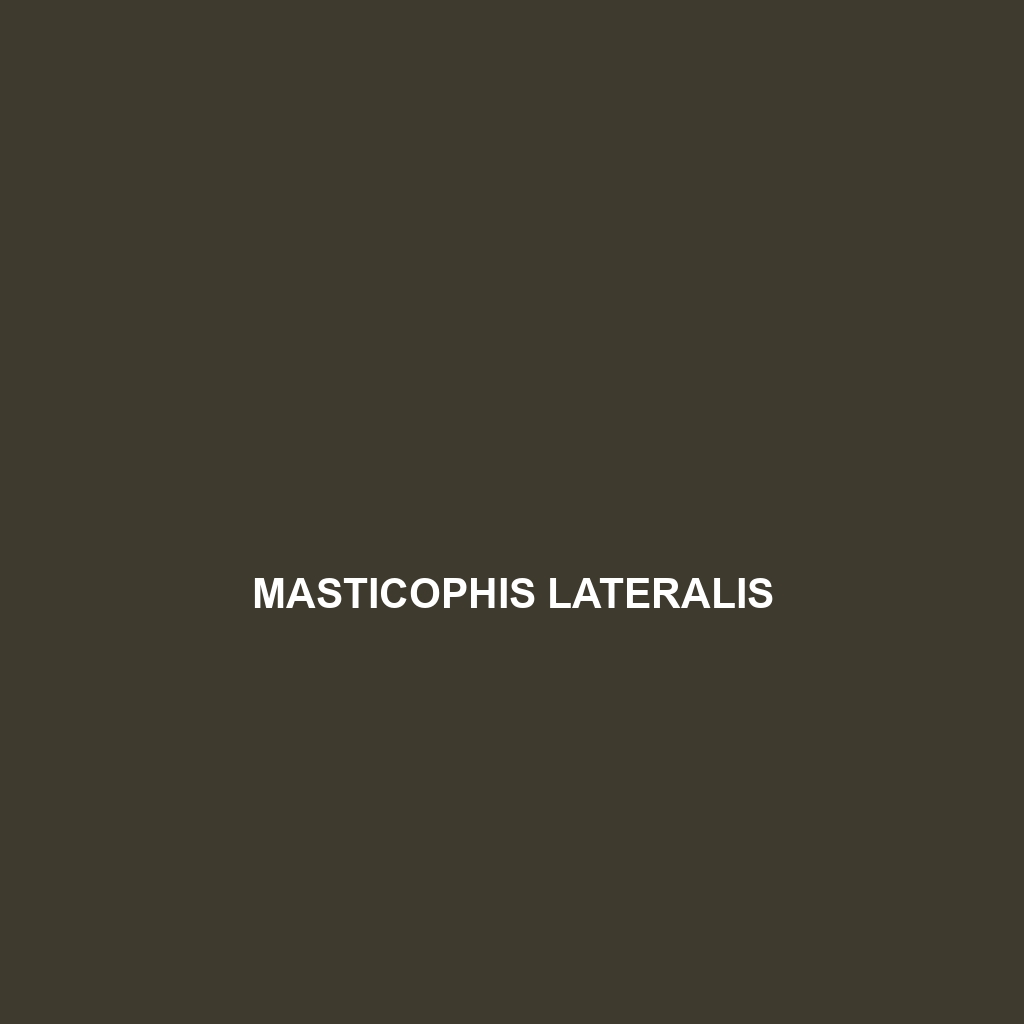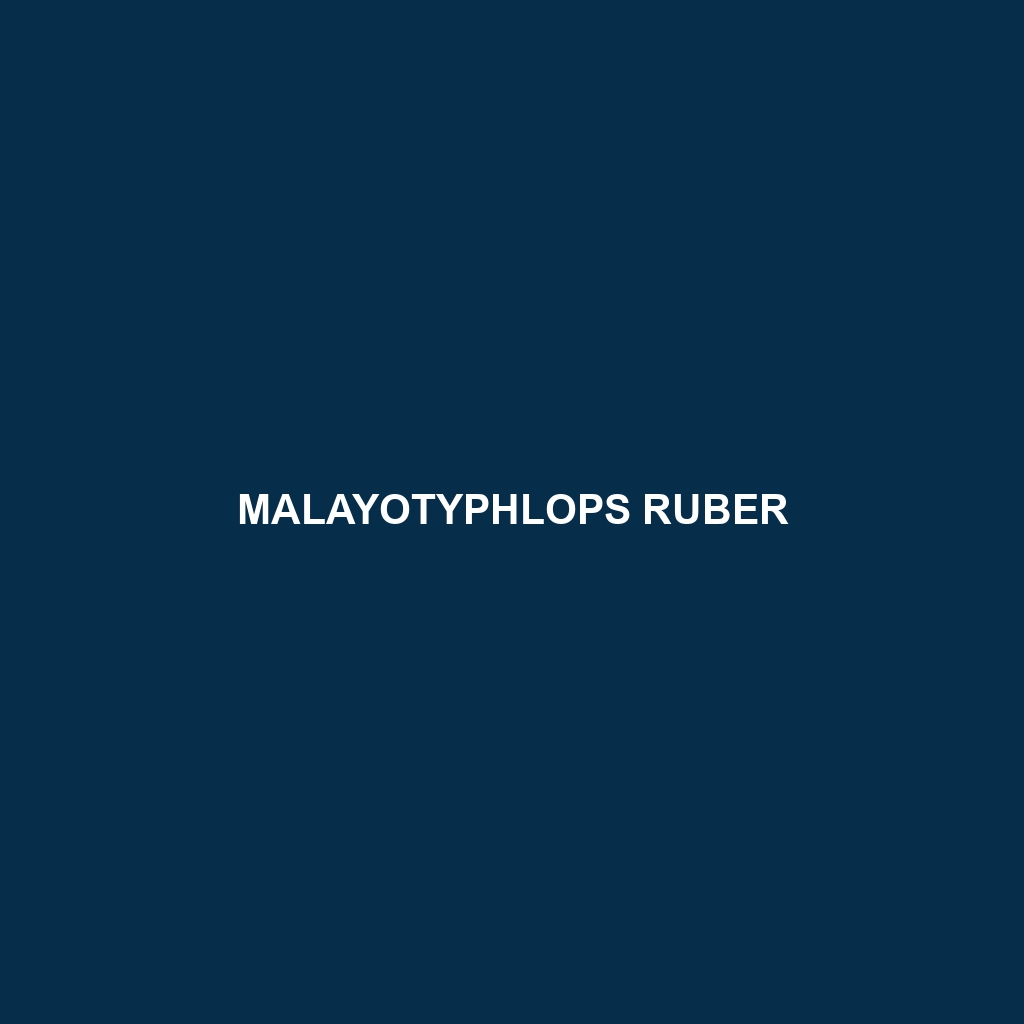<p><b>Micrurus petersi</b>, commonly known as Peters' coral snake, is a strikingly colorful species found in tropical rainforests, exhibiting vibrant bands of red, black, and yellow. Primarily nocturnal, this venomous predator plays a crucial role in regulating reptile populations in its ecosystem while demonstrating unique defensive behaviors.</p>
Tag: biodiversity indicators
Micrurus margaritiferus
The Micrurus margaritiferus, also known as the striped coral snake, is a stunning species native to the rainforests and tropical forests of Central and South America, featuring vibrant light and dark bands. Primarily nocturnal, this slender snake preys on small reptiles and amphibians, playing a crucial role in maintaining ecological balance within its habitat.
Micrurus frontalis
<p><b>Micrurus frontalis</b>, known as the Eastern Coral Snake, is a medium-sized, venomous snake characterized by its vibrant red, black, and yellow banding. Found in tropical to subtropical regions of Central and South America, this nocturnal predator primarily feeds on small reptiles and amphibians, playing a crucial role in its ecosystem.</p>
Menetia concinna
Discover the vibrant Menetia concinna, or Common Garden Skink, a sleek lizard found in diverse habitats across Australia and New Guinea. With its smooth, glossy skin and ability to adapt to urban environments, this insectivorous species plays a vital role in controlling pest populations while showcasing fascinating behaviors like tail regeneration and playing dead when threatened.
Mastigodryas dorsalis
Discover the striking Mastigodryas dorsalis, or rear-fanged snake, known for its slender body and unique rear fangs, thriving in humid habitats across Central and South America. These nocturnal carnivores primarily prey on small vertebrates, showcasing remarkable adaptability and playing a vital role in their ecosystem.
Masticophis lateralis
Discover the agile and striking <b>Masticophis lateralis</b>, or striped whip snake, known for its distinctive light tan body adorned with dark stripes, thriving in dry, warm habitats across the western United States and Mexico. This nocturnal predator plays a vital role in its ecosystem by controlling rodent populations and exhibiting fascinating social behaviors during mating season.
Manciola guaporicola
<p><b>Manciola guaporicola</b> is a striking species native to the biodiverse western Amazon, known for its vibrant deep green coloration, robust size of 50-75 cm, and nocturnal behaviors. As an omnivore, it plays a crucial role in its ecosystem by controlling insect populations and contributing to seed dispersal, while its unique adaptability enhances its survival in varying habitats.</p>
Malayotyphlops ruber
Discover the unique Malayotyphlops ruber, or red-blind snake, a slender, reddish-brown fossorial species native to the tropical rainforests of Southeast Asia. Adapted for a nocturnal and underground lifestyle, it plays a crucial role in controlling insect populations and supporting ecosystem health.
Malayotyphlops kraalii
Discover the remarkable <b>Malayotyphlops kraalii</b>, a small, nocturnal snake found in Southeast Asia's tropical rainforests and savannas, known for its specialized burrowing lifestyle and diet primarily consisting of insects. With its rudimentary eyes and smooth scales, this species plays a crucial role in maintaining soil health and ecosystem balance.
Lygodactylus ulli
Discover the vibrant <b>Lygodactylus ulli</b>, a small, insectivorous gecko from East Africa, known for its striking green or brown coloration, exceptional climbing abilities, and unique crepuscular behavior. This fascinating reptile thrives in humid rainforests and plays an essential role in regulating insect populations within its ecosystem.









